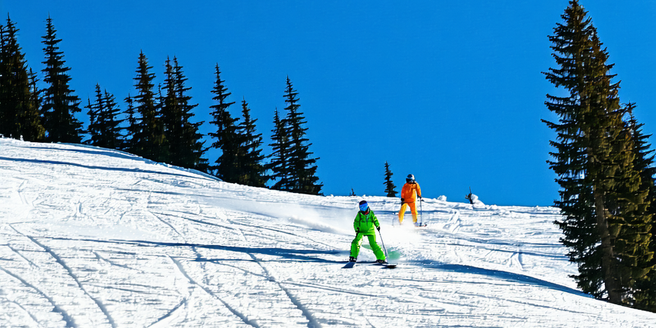
Understanding the Benefits of Winter Exercise
Winter months provide a unique opportunity to engage in exercises that can enhance your physical and mental well-being. Cold weather workouts can increase endurance as your body works harder to regulate its temperature. The crisp air is invigorating and can elevate your mood, reducing symptoms of seasonal affective disorder. Winter exercise also boosts immunity, helping you stay healthy during the colder months. Engaging in outdoor activities, such as skiing or snowshoeing, offers both cardiovascular and strength benefits. These activities require you to use various muscle groups, promoting overall fitness. Indoors, you can continue to build endurance and strength with equipment like stationary bikes or resistance bands. Ultimately, the key is to stay active and enjoy the dynamic experience winter can offer.
Choosing the Right Winter Workout Gear
Exercising in the winter requires the right gear to ensure comfort and safety. Layering is essential; begin with a moisture-wicking base layer to keep sweat away from your skin. It’s crucial to have an insulating middle layer that retains body heat, such as fleece or wool. The outer layer should be water-resistant to shield you from snow or rain while allowing breathability. Accessories like hats, gloves, and thermal socks protect extremities that are prone to losing heat quickly. Footwear with proper tread is necessary to prevent slips and falls on icy surfaces. Reflective gear is also vital because daylight is limited in winter months. By choosing suitable clothing and equipment, you can prevent injuries and discomfort, making your winter workouts enjoyable and effective.
Indoor vs. Outdoor: Finding Your Ideal Space
Wintertime presents a choice between indoor and outdoor exercise environments, and both have unique advantages. Outdoors, the brisk air and natural surroundings can enhance your workout experience by providing variety and mental clarity. Activities like running, hiking, and skiing allow you to explore and appreciate nature all while exercising. However, indoor workouts offer convenience and environmental control, allowing for consistent routines regardless of weather conditions. Utilizing gyms, home exercise equipment, or online fitness classes can provide structured programs and community support. Deciding between indoor and outdoor workouts depends on personal preference, accessibility, and fitness goals. Many find a mix of both environments keeps their routine exciting and balanced, optimizing fitness development throughout the winter months.
Creating a Balanced Routine for Cold Months
To develop an effective winter fitness routine, balance is key. Incorporating a mix of cardiovascular exercise, strength training, flexibility movements, and rest days will enhance overall physical health. Cardio sessions like brisk walking or cycling indoors increase heart rate and stamina. Strength training with weights or body-resistance exercises builds muscle mass. Flexibility can be improved through yoga or stretching routines, which prevent injuries by maintaining muscle elasticity. It’s important to listen to your body, adjusting intensity and duration based on energy levels. Rest days are vital for recovery, allowing muscles to repair and grow stronger. By tailoring a varied and adaptable workout plan, staying active during winter months will become manageable and enjoyable.
Staying Motivated Through the Winter Season
The cold, dark days of winter can make it challenging to stay motivated for fitness, but maintaining discipline is key. Setting clear, achievable goals can provide direction and purpose for your workouts. Regularly tracking your progress can be encouraging, showing tangible results. It might be helpful to find a workout buddy or join classes for mutual encouragement and accountability. Scheduling regular workout times, as part of your routine, helps in making exercise an automatic part of your day. Additionally, rewarding yourself with small incentives after reaching milestones can give you a mental boost. Remember, persistence is more important than intensity; regular, consistent effort will help sustain momentum and lead to long-term success, turning winter fitness into a rewarding habit.
